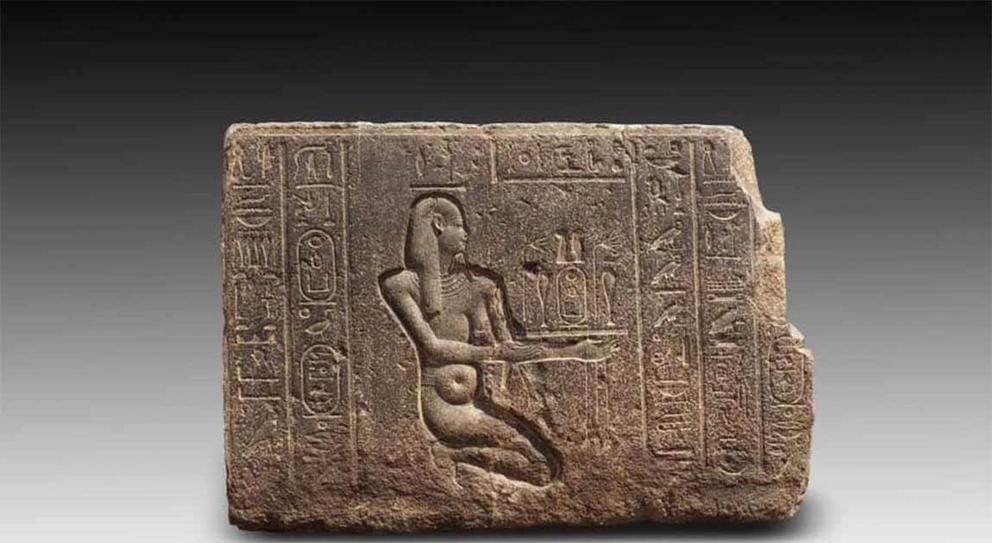4th century stone blocks tell story of sun temple of Heliopolis
Top image: Decorative stone block unearthed at the Sun Temple of Heliopolis in Egypt.
Archaeologists have uncovered stone blocks and other interesting fragments that are helping them piece together the history of the once magnificent and extraordinary temple, dedicated to the sun god Ra in the El-Matariya area of Cairo’s upmarket suburb of Heliopolis. Heliopolis, which literally means the “Top image: Decorative stone block unearthed at the Sun Temple of Heliopolis in Egypt.City of the Sun,” was one of the oldest cities of ancient Egypt, being occupied since the Predynastic Period ( circa 6000 – 3000 BC).
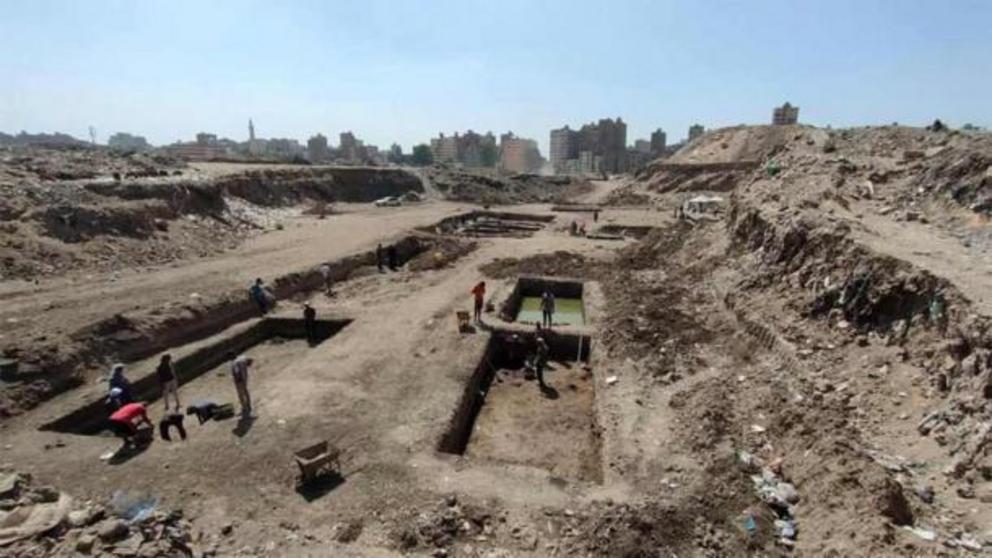 Excavation site where the Heliopolis Project unearthed the recent stone blocks in Cairo.
Excavation site where the Heliopolis Project unearthed the recent stone blocks in Cairo.
Heliopolis and the Heliopolis Project
Although it has the largest boundary of any ancient Egyptian temple, stone-robbing to bolster old Cairo’s defenses ensured that little trace of this temple, dedicated for over 2,500 years to the worship of Ra, was left in Heliopolis beyond Roman times. However, despite centuries of plunder, traces remained of the magnificence of the temple complex and an associated cemetery were excavated at various points in the 20th century.
The expansion of modern Cairo further into the suburbs posed a fresh threat to what remained of this once remarkable religious complex, better known by its ancient Greek name of Heliopolis - from helios or sun. In 2012, a new joint Egyptian-German initiative, the Heliopolis Project , started excavations to rescue the vestiges of Heliopolis from extinction. Since then, the project has dug at numerous sites in Matariya. The latest finds are from excavations at the central area of the temple.
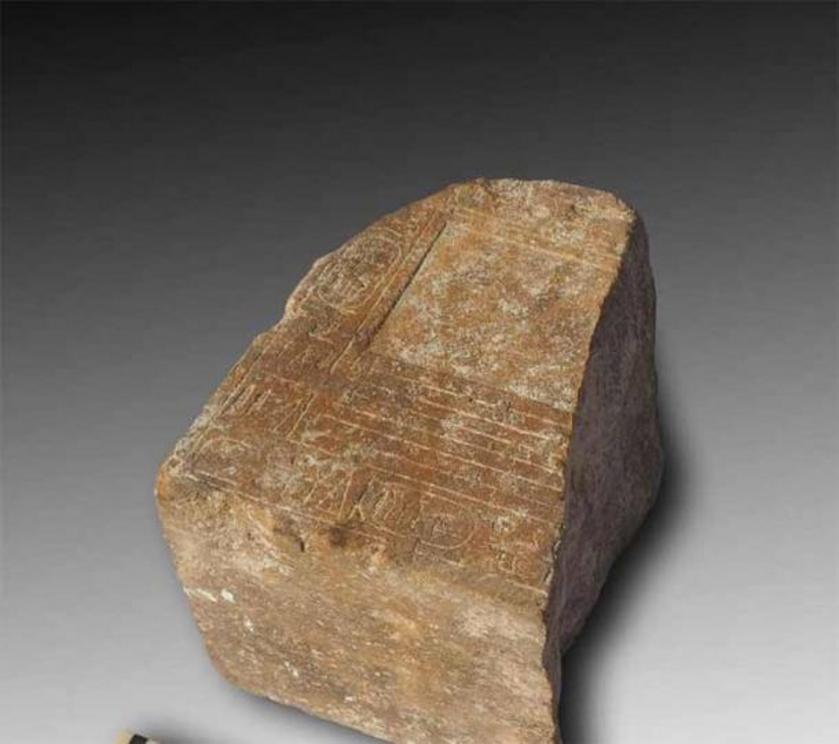 Stone block excavated from the sun god temple at Heliopolis.
Stone block excavated from the sun god temple at Heliopolis.
Stone Blocks Unearthed from Era of King Nactanebo I
The stone blocks are from the northern and western facades of the temple and are made of basalt. An extension of the temple on the northern side was also discovered which probably connected the Nactanebo sanctuary with the main sun god temple.
According to Egypt Today , Mostafa Waziri, Secretary-General of the Supreme Council of Antiquities, stated that the mission had succeeded in uncovering blocks from Lower Egypt, that is Heliopolis. Several blocks of the Lower Egyptian geographical area were found, among them a scene with the Heliopolis nome (meaning province or district), while others show representations of the other nomes of Lower Egypt.
Aymen Ashmawy, Director of the Ancient Egyptian Antiquities Sector at the Antiquities Council and Co-Director of the Egyptian-German Heliopolis Project, said that the inscriptions on the blocks mention the regnal years 13 and 14 (366/365 BC) as well as the dimensions and the materials used.
From this it can be concluded that they belong to the reign of King Nactanebo I (379-363 BC), also known as Nakhtnebef, the founder of the 30th Dynasty, the last dynasty of native rulers of Egypt. “Several blocks were unfinished too and no further decoration work seems to have been commissioned after the death of Nectanebo I in 363 BCE,” said Ashmawy in Ahram Online .
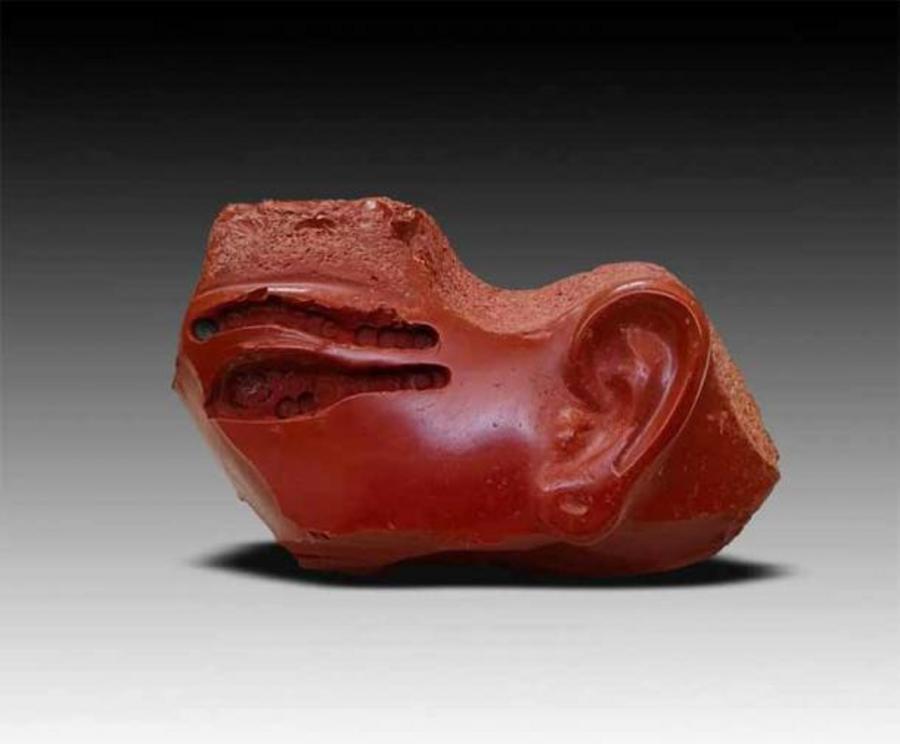 Jasper stone artifact unearthed at the Heliopolis dig.
Jasper stone artifact unearthed at the Heliopolis dig.
Heliopolis Discoveries From Throughout Ancient Egyptian History
However, other older architectural elements have also been unearthed, including from the reigning periods of Ramesses II (1279-1213 BC), Merenptah (1213-1201 BC) and Apries (589-570 BC). An inlay for a relief belonging to the early 19th Dynasty (c. 1300 BC) shows that building activity was undertaken in the temple complex during the Ramesside Period as well.
A statue fragment of King Seti II (1204-1198 BC) of the late 19th Dynasty adds to the evidence of building projects by this King at Heliopolis. “The Ramesses-era style was crystal clear on a fragment of jasper stone, dating back to 19th Dynasty (c. 1300 BC), as well as a fragment of a statue of Seti II which indicated that the style is from late of 19th Dynasty in Heliopolis,” said Dietrich Raue, Co-Director of the Heliopolis Project.
Raue added that the main processional axis was investigated towards the west where there are some scattered fragments that indicate separate building units of the Middle Kingdom, the 22nd Dynasty (King Osorkon I, 925-890 BC) and a sanctuary for Shu and Tefnut of King Psametik II (595-589 BC).
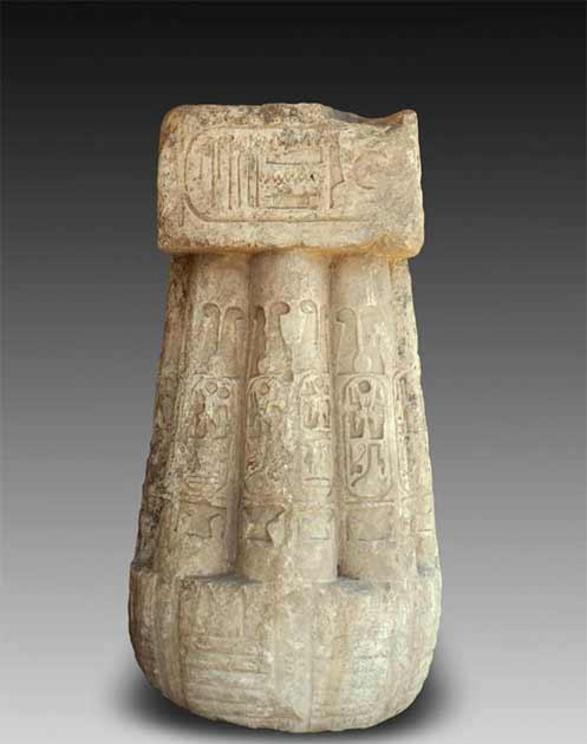 Carved stone artifact discovered during excavations from ancient Heliopolis.
Carved stone artifact discovered during excavations from ancient Heliopolis.
Uninterrupted Royal Support of the Heliopolis Temple of the Sun
Some fragments of a statue of King Ramesses II , a part of a baboon statue, a statue base and pieces of a quartzite obelisk of King Osorkon I were also found as were some worship facilities such as an offering table of Thutmose III (1479-1425 BC). These indicate that royal support and investment in the temple of the sun and creator god at Heliopolis continued uninterrupted. The excavation work provided additional evidence for the 30th Dynasty and the Ptolemaic Period (the rule of the Macedonian Greek 33rd Dynasty from 305 BC to30 BC) at the site.
Sculptures, limestone casts for reliefs, ushebti statuettes (funerary figurines placed inside tombs) as well as molds used for their production, point to the presence of workshops in the temple precincts until all evidence of temple activity ended in Roman times. The latest finds by the Egyptian-German Heliopolis Project provide archaeologists with fresh material to construct the 2,500-year-long history of this singularly fascinating temple complex in Cairo.

